Why was one particular place chosen over another? The range of domiciles - from kitchen table to seascape - elicit a range of emotional response. I close my eyes and picture home and flashes of scenes rotate through: a spring green bathed in sunlight with rows of mason jars on the windowsill above the kitchen sink, the feel of wet sand between my toes and the smell of the lake walking along the Lake Erie shoreline, a fenced-in backyard lined with hosta and vegetables, cornfields along country roads between small towns in northern Ohio (much different than cornfields along country roads in Indiana), city streets in Clintonville and the smell of coffee. I received the first two postcards in the mail this week from a call for postcards from friends and family of their homes. I also acquired a stack of postcards from my husband (my Valentine's gift) from our hometowns - Norwalk, Milan, and Columbus, Ohio. I had drafted a post about Columbus and the postcards from my grandmother's collection (she had four) with the intent on doing some artmaking during my last trip to Columbus over Valentine's weekend. I did little on this project while in town, and subsequently the post is still a draft. But the emotional connection to place is a common theme. Rogan (2005) writes about the postcard as a ritual, a two sided gift; the inscription often void of information but with high expressive value. Rogan likens the type of communication on postcards as that of the text message - significant because it offers individual access to a medium and communication independent of time and place. However, postcards are unique because of their aesthetic value and junction as both souvenir or collectible. I have previously questioned the role of postcards in a social media world, where we are able to curate digital collections of personal memory, photographs, articles, videos, and images ranging from memes to public information badges. My question remains, what role do contemporary postcards play? I see them for sale in gift shops as tourist tokens - collectibles or souvenirs. Yet, there still remains an element of communication missing. Rogan found that postcard messages were often void of information but had strong expressive value, confirming or mobilizing an already existing social relationship. I found this activity oriented communication in the cards that were inscribed in Grandma's collection. I felt dropped into the middle of a relationship, a bit of a voyeur if truth be told. For example, the flurry of postcards sent from Cincinnati between two parties was a snapshot in time - as if reading one or two text messages in the middle of an ongoing conversation. I learned little about the parties involved in the exchange, but I knew that they had a relationship. It brings to mind questions of public versus private relationships and highlights the differences between, for example, a text message exchange and those posted onto public Facebook walls. I received two postcards this week in the mail from my uncle Tom. Tom's postcards follow suit. He provides a short description of the view, little more. Our relationship is defined by greeting and signature (familial love) and an assumption that the receiver (me) would be able to interpret the brief words on the High Falls card, for example, "Here's the 2nd view," and contextualize them within the parameters of previous communication, "For your postcard project, I'm sending 2 views." What if one had been lost in the mail? Would it still be interpreted correctly? Probably, as we had discussed this via email earlier in the month. It is interesting however, that no description of his personal connection to this place was provided. Only identification of our relationship and an orienting description. Perhaps Uncle Tom could elaborate on his choice of place and this particular depiction. But what of the emotional connection and response to the aesthetics of the place? How is that response communicated beyond the choosing of the view? Both skylines are reminiscent for me of the feeling I get coming into Columbus on i-70 from the west. Fields on either side of the highway. About 20 miles outside of Columbus, there is an Ohio State University sign for some agricultural campus. And then the exit sign for Hilliard-Rome Road. Every time I pass by that sign, I think of my brother-in-law, who lived in Hilliard while he was dating my sister and drove from the west side to the far, far east side to pick her up and then drive back into the city for their dates. Now, they live on the far east side, and he still drives over the Hilliard for work. Then, a few miles later, 270, and I know I'm close. There is a point when the interstate turns and you can see the skyline. As you wind along, approaching downtown, the river becomes visible and I'm home (away from home).
Like many cities, and probably many people, I identify very strongly with water. I grew up just off of Lake Erie and spent much time on the lakeshore. In Columbus, we lived right by the Olentangy River and spent countless hours biking, walking, and kayaking along its waterway. I have not developed that same connection with the Wabash River. We have not kayaked there often, and the drive that is necessary to access the trails along its banks is enough of a separation that I have not developed a close connection with this particular body of water. Besides the physical barriers, is there also an aesthetic barrier? But to depict these feelings? How can I possibly begin to communicate the connections shared to places and their representations (as I seem to be mostly drawn to the local and tourist topography cards). As I begin to receive more of these cards (hint, hint, please send them to me!), perhaps some answer will begin to emerge.
1 Comment
Tom Cornell
2/28/2016 09:15:38 am
These days, Ruth, the Wegmans grocery store near us is one the few places that offers a rack of local postcards (and, hence, a degree of choice), so I responded to your call by going there. The one of the High Falls stood out because if someone hasn’t been to Rochester before, that’s usually the first place I offer to take them. I especially like sites that combine (a) features that are offered by nature with (b) features of the built environment. Plus Rochester began as an industrial town--with the Genesee providing the water that turned the waterwheels. By picking two views, I was hoping to suggest a more complex sense of place: a shot looking downstream as well as one looking up, and shots taken in two different seasons. --Tom
Reply
Leave a Reply. |
Ruth M. SmithCommunity arts educator and researcher. Drinking coffee. Home educating. Making art. Listening intentionally. Categories
All
Archives
February 2022
|

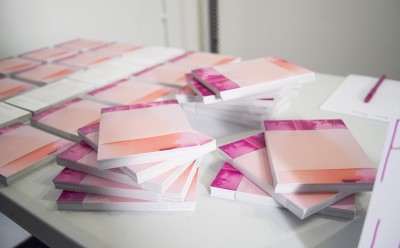
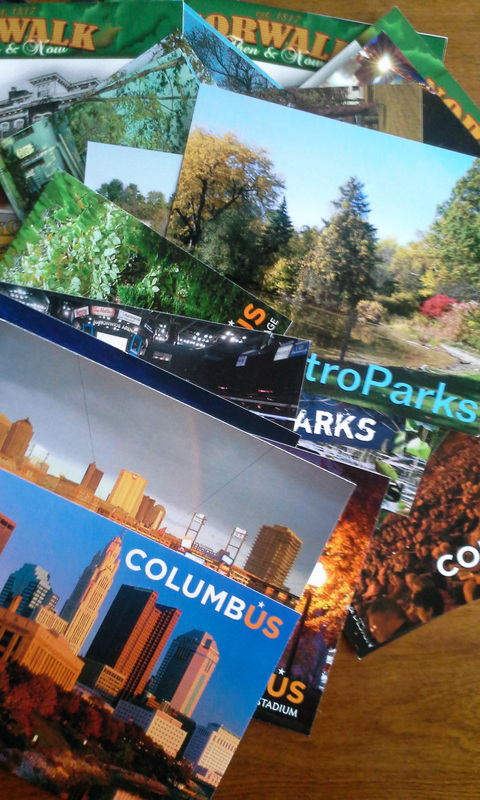
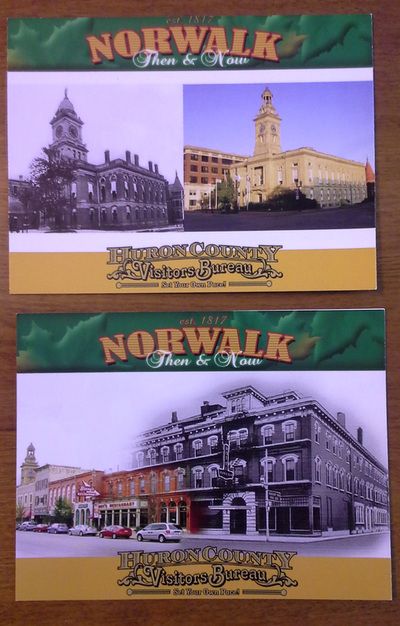
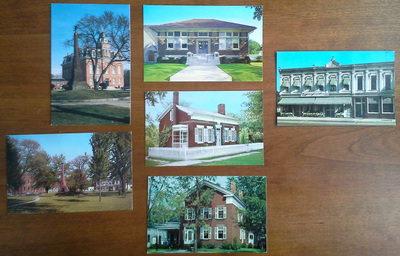

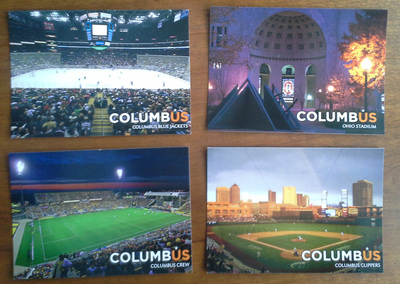



 RSS Feed
RSS Feed
